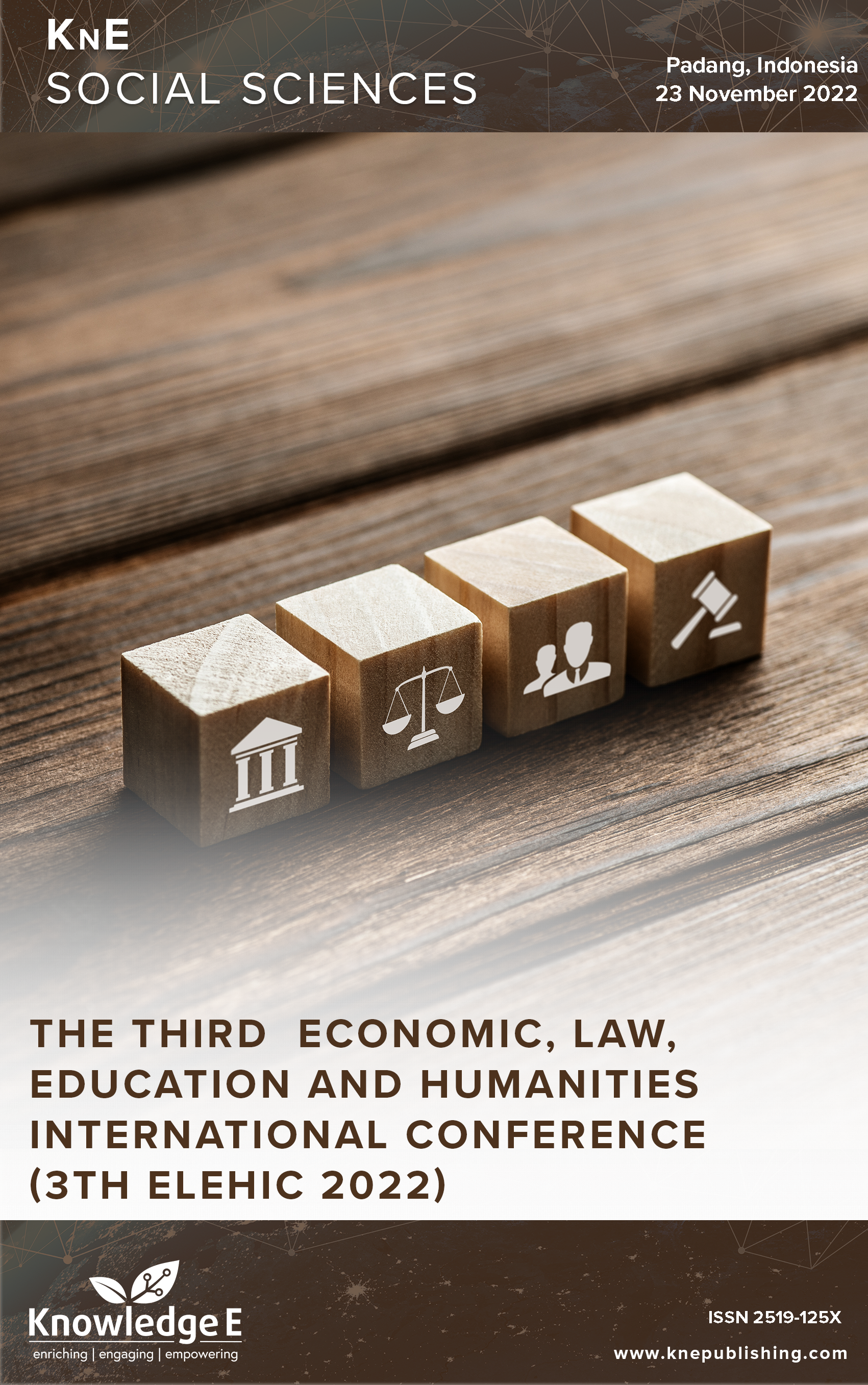INCIDENTAL WRITING LEARNING ON INSTAGRAM IN INFORMAL SETTING
DOI:
https://doi.org/10.18502/kss.v8i13.13765Abstract
The purpose of this study was to describe the frequency of incidental writing learning that occurred while using Instagram in an informal setting. The respondents were the secondary vocational school’s students in Padang, Grade 11. The researchers employed a cluster random sampling technique to pick 52 students. The descriptive method was used to design this study. A questionnaire was used to obtain the data. The questionnaire was quite reliable, with a coefficient correlation of 0.87. Expert judgment was used to determine content validity. According to the findings of this study, 73% of respondents experienced incidental writing learning when using Instagram in informal contexts. Based on the findings, it was possible to figure out that the frequency of incidental learning writing in Instagram was classified as sometimes scale.
Keywords: social media, incidental writing, informal context
References
[2] C. Howell Major, M. S. Harris, and T. Zakrajsek, “Reading Strategies,” Teach. Learn., vol. 3, no. 3, pp. 183–221, 2020, doi: 10.4324/9780203111031-11.
[3] N. Hockly, “The digital generation,” ELT J., vol. 65, no. 3, pp. 322–325, 2011, doi: 10.1093/elt/ccr041.
[4] R. N. Bolton et al., “Understanding Generation Y and their use of social media: A review and research agenda,” J. Serv. Manag., vol. 24, no. 3, pp. 245–267, 2013, doi: 10.1108/09564231311326987.
[5] H. Teens, V. Their, and D. Lives, “Social Media , Social Life:”.
[6] A. K. Przybylski, K. Murayama, C. R. Dehaan, and V. Gladwell, “Motivational, emotional, and behavioral correlates of fear of missing out,” Comput. Human Behav., vol. 29, no. 4, pp. 1841–1848, 2013, doi: 10.1016/j.chb.2013.02.014.
[7] A. M. Erzad and Suciati, “Social Media for Improving Students’ English Quality in Millenial Era,” J. Edulingua, vol. 5, no. 1, pp. 7–14, 2018.
[8] R. Bagdonaite-Stelmokiene and V. Zydziunaite, “Considerations on Informal Learning: Different Concepts and Their Dimensions,” Soc. Integr. Educ. Proc. Int. Sci. Conf., vol. 4, no. May, p. 13, 2016, doi: 10.17770/sie2016vol4.1541.
[9] N. Zarei and R. Rudravarapu, “Using Instagram in English Language Learning,” Res. J. English Lang. Lit., vol. 7, no. 2, pp. 328–333, 2019, doi: 10.33329/rjelal.7219.328.
[10] H. Ting, W. Wong, E. de Run, and S. Lau, “Beliefs about the use of Instagram: An exploratory study,” Int. J. Bus. Innov., vol. 2, no. 2, pp. 15–31, 2015.
[11] W. R. A. Bin-Hady and N. O. M. Al-Tamimi, “The use of technology in informal English language learning: evidence from Yemeni undergraduate students,” Learn. Teach. High. Educ. Gulf Perspect., vol. 17, no. 2, pp. 107–120, 2021, doi: 10.1108/LTHE-09- 2020-0037.
[12] A. Erarslan, “Instagram as an Education Platform for EFL Learners.,” Turkish Online J. Educ. Technol. - TOJET, vol. 18, no. 3, pp. 54–69, 2019.
[13] R. K. Rinda, A. Novawan, and A. H. Miqawati, “Students ’ perspectives on social media-based learning of writing through Instagram,” vol. 5, no. 1, pp. 23–33, 2018.
[14] N. Nurlaily, “Students’ Perceptions: Enhancing Vocabulary Mastery Through Vocabulary Cards Bank Project on Instagram,” Proj. (Professional J. English Educ., vol. 4, no. Vol 4, No 5 (2021): VOLUME 4 NUMBER 5, SEPTEMBER 2021, pp. 814–821, 2021,
[Online]. Available: https://journal.ikipsiliwangi.ac.id/index.php/project/article/view/7653/pdf
[15] A. C. Y. Bestari, D. Faiza, and M. H. Mayekti, “Instagram Caption As Online Learning Media On The Subject Of Extended Writing During Pandemic Of Covid-19,” Surakarta English Lit. J., vol. 3, no. 1, p. 9, 2020, doi: 10.52429/selju.v3i1.359.
[16] R. R. S. Tomas and A. T. Dulin, “Social media exposure and paragraph writing of pre-service students,” Linguist. Cult. Rev., vol. 5, no. S3, pp. 144–153, 2021, doi: 10.21744/lingcure.v5ns3.1379.

